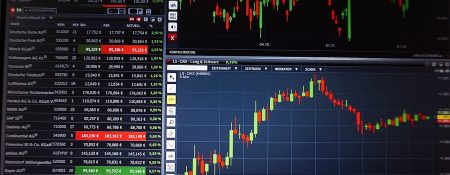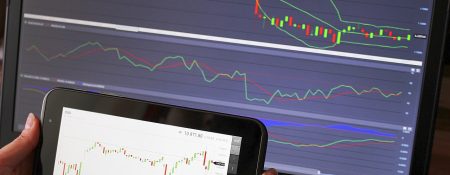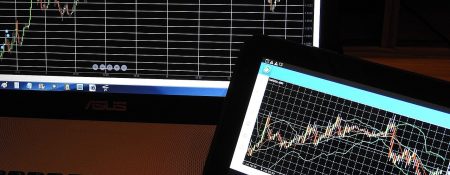
When people first step into the foreign exchange market, they often focus on charts, strategies, and quick profits. What many overlook, however, is the foundation that makes every trade possible: liquidity in Forex. For beginners, misunderstanding this concept can lead to costly mistakes — from unexpected slippage to higher trading costs.
Let’s break down the most common misconceptions and how to avoid them.
While it’s true that liquidity describes the ease of buying and selling a currency pair, it’s not only about the number of traders. Liquidity in forex also depends on:
👉 A market may look active, but without strong liquidity providers, execution speed and pricing can suffer.
Forex is the most traded market in the world, but liquidity isn’t constant. It fluctuates depending on:
Beginners often trade during “quiet hours” without realizing spreads widen when liquidity drops.
Liquidity directly affects trading costs. A highly liquid market typically means:
On the other hand, trading in low-liquidity conditions can quietly eat into profits, especially for short-term strategies.
Many new traders think liquidity is only a market condition, but technology is critical. Modern platforms and liquidity aggregators connect traders to multiple liquidity providers, ensuring access to deeper markets and better pricing. Without this infrastructure, even liquid pairs can trade inefficiently.
Understanding liquidity isn’t optional — it’s what separates beginners who struggle from traders who build sustainable strategies.



